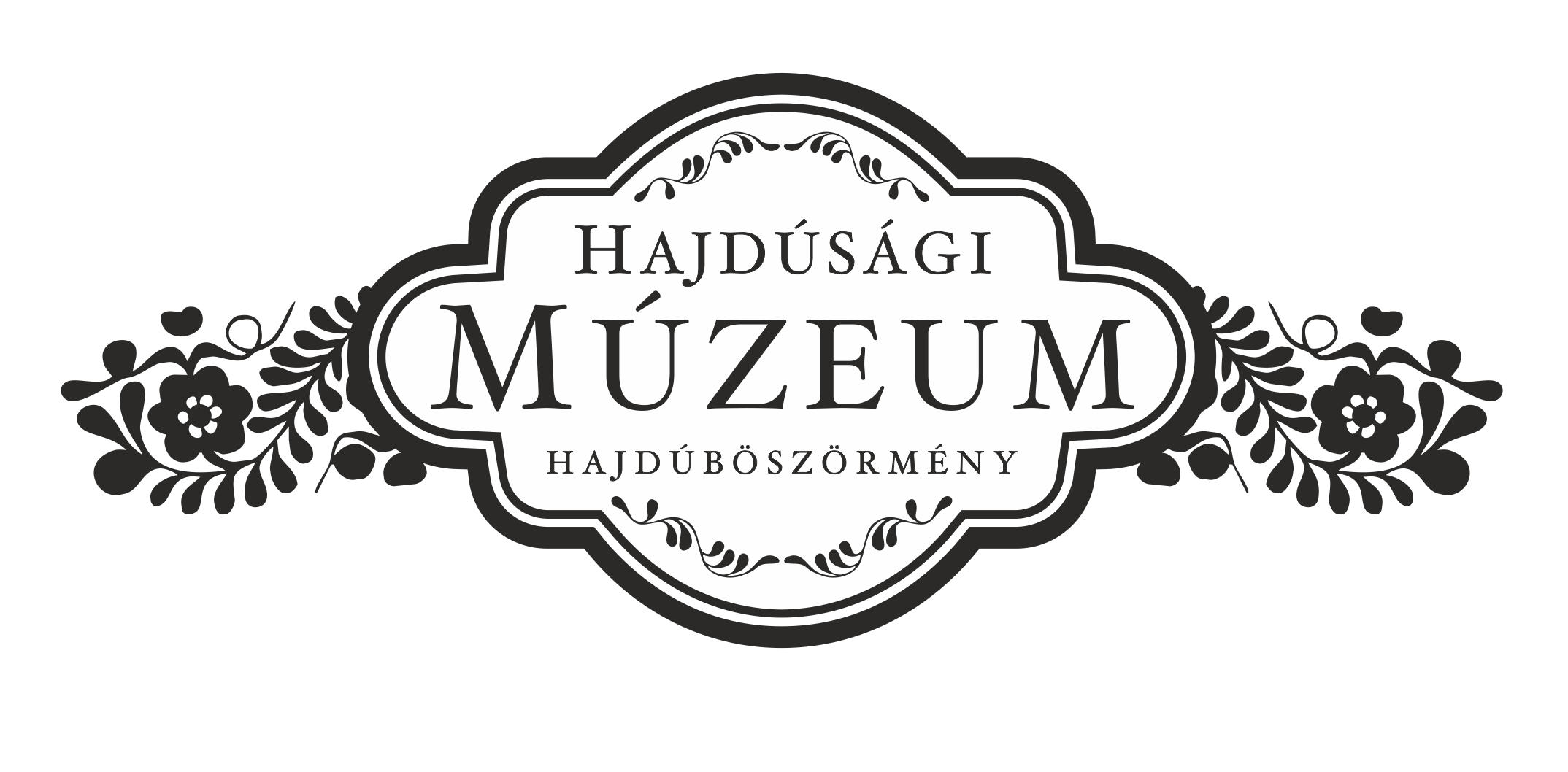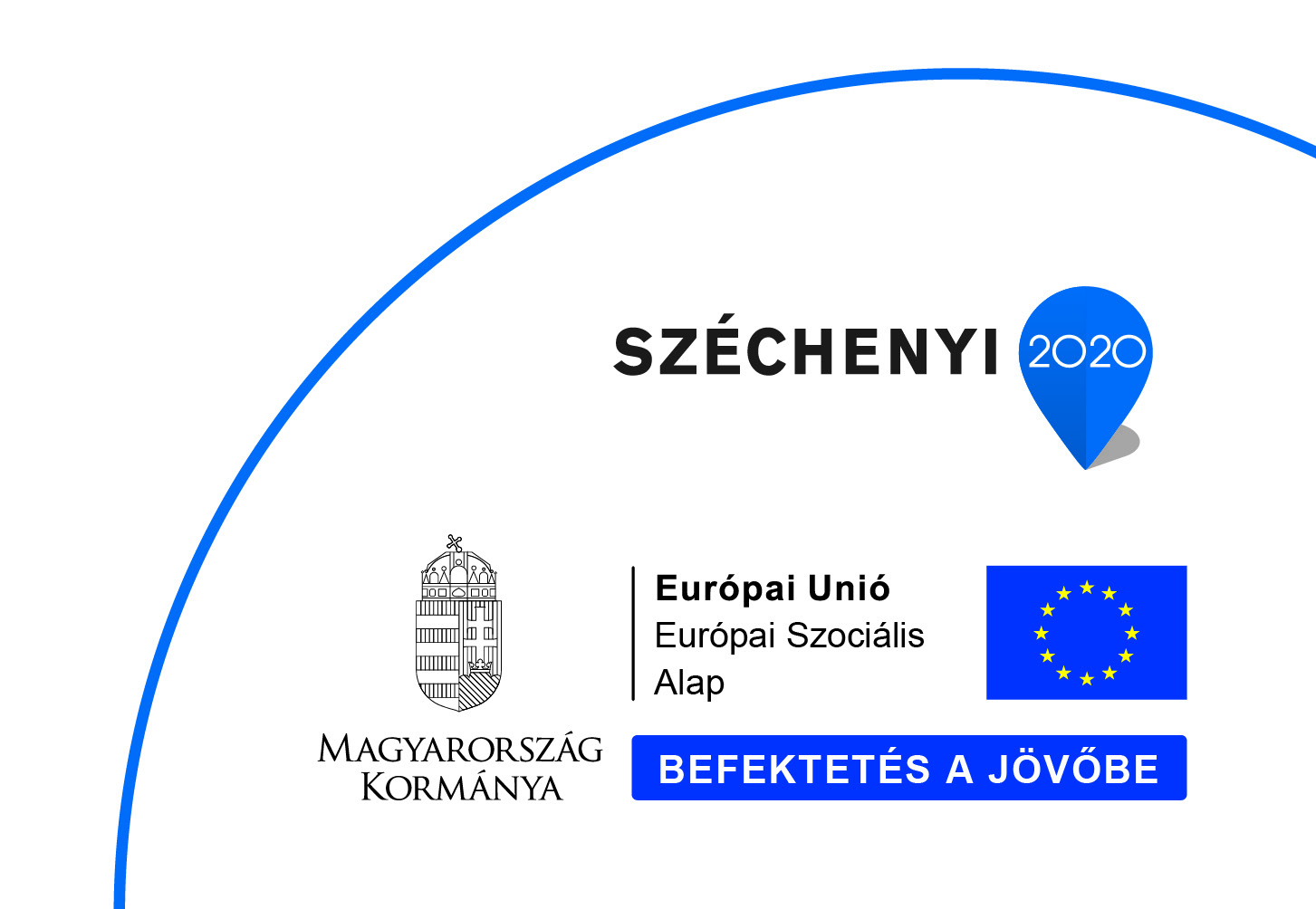“I was in Déri Museum with Pista Ecsedi, the brilliant ethnographer, and we were contemplating the admirable ancient artefacts. I was gazing at the masterpieces of the herdsmen of the Great Plain. Carved and inscribed utensils, bullwhips, tools made of wood and bone. Above the showcases there were several pictures of herdsmen. I stopped at a group of moustached hardheads, I asked with awe who had made those. A herdsman from Hortobágy he answered. He was once a young horse herd-boy, but he had to leave the stud, because of his frost-bitten hands, now he lives in the puszta again, choosing from the fellows to make pictures of them. I was looking at the paintings for a long time. When we were having a rest in the office at last, a strict, plump, simple Hungarian entered. The director, Ecsedi cried to him: here is my fellow, this is Miklós Káplár, who had daubed the pictures. We embraced each other at once and remained friends ever after.” These are the memories of Zsigmond Móricz (a great figure of Hungarian literature) on meeting Miklós Káplár for the first time.
Miklós Káplár was the descendant of small-peasants and herdsmen of Hajdúböszörmény, in a way he was born into the wide horizons of Hortobágy, in Hajdúböszörmény. In 1886 it was a dearly traditional world. The boy, soon becoming orphan, could not do but follow his brothers’ example envying their “cifraszűr” (ornamented frieze mantle) and the free life of herdsmen. At the age of 13, he hired himself out and became herdsman, first driving cattle then horses, thus he experienced all the nuisance and misery of this kind of life. He could bear it for four years, attacked by rheumatism, he could not continue. He realized at the age of 23 that he would rather search for a more meaningful life, try out something different. After being a herdsman, he got his hand in butcher’s trade. He was looking for a job in Pest when he suddenly realized in the Museum of Fine Arts in front of a picture by Piombo, he must paint. From this moment he could not free himself of this idea. He bought materials, tools, colours and started to paint; but without much success. He felt that it was not enough this way. He looked for guidance, someone who could help him learning the basics of this art. He showed his pictures to renowned painters, who noticed his talent and took him under their wings, later he entered the College of Fine Arts. For four years he drew and painted during day-time and worked as a waiter or loader at night. He attended the college between 1916 and 1920; at the age of 34 he already knew what to do: he must go back to Hortobágy, to Hajdúböszörmény.
With an unbelievable industry of the late-comers he looked for protectors and relationships in the artistic world. While he was trying to overcome difficulties in the everyday life, he could not help profaning his talent: he paid for dinners or accommodation with his pictures. Not concerned with pride, having a sense of mission, Káplár managed to transform himself to a real artist, able to create works of artistic value. This consciousness gave him strength of character and strength of will, and the conviction that such a task needed a man just like him. He believed that he was predestined to achieve it. He was able to select instinctively those typical, characteristic and expressive motifs that would represent best this region, his home.
In the year of 1921, exhibitions in Hajdúböszörmény had not brought about yet what he wanted, he did not find his place at home. He went regularly back to Pest, found shelter at his main patron József Ripple-Rónai in Kaposvár, and they also displayed their works together in Hajdúböszörmény (January 1925) and in Hajdúnánás (1925) with the participation of Ferenc Medgyessy and Zoltán Maghy. His exhibition in the National Hall in 1928 was his first one in the capital. In the same year, he moved to Hortobágy together with Zoltán Maghy, where he also collected material for Déri Museum, making illustrations of sticks and pipes.
His real entry into the Hungarian artistic world took place in 1931, when 76 pictures of Hortobágy were displayed in the National Hall. Actually, he planned a collective exhibition so that the artists working in Hortobágy could introduce themselves, but it did not happen that way. After the exhibition he was invited to work in Szentendre, but he returned to Hortobágy again. Out of the pictures made there, a travelling exhibition was organized (1933 Hajdúböszörmény and Hajdúnánás; 1934 Hajdúdorog and Budapest, where three of his pictures were bought by the state (Ministry of Agriculture, Museum of Fine Arts))
He lived in need in the last years of his life. He wrote in 1934, a year before his death: “All that misery that I lived through, one would wonder how I could work so much… Without a penny for weeks, and no hope for the future. For days or even for months you cannot but think about selling a picture and you fail…”
Death came abruptly. His gravestone was carved by his friend Ferenc Medgyessy, sculptor
Miklós Káplár Memorial House
Address: 10 Hortobágy Str., H-4220 Hajdúböszörmény
Opening hours:
Tuesday – Saturday 10.00 – 16.00
Monday, Sunday Closed
Advance registration is required.
Tel: 00 36 52/229-038


